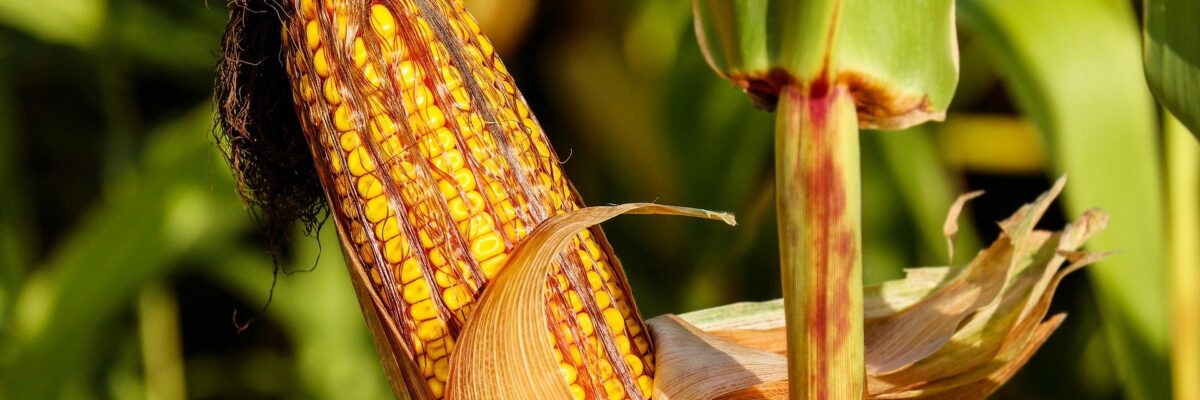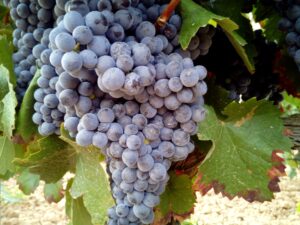Dry Farming is a responsible way to farm. If you like to eat, then you like what farmers do! Dry farming reduces water use in all types of years, wet or dry. The unused water is available for nature, especially rivers and fish, as well as other human uses. More fascinating facts about Dry Farming –
- Dry Farming is a newer concept in the United States
- It is possible to grow healthy grapes and other vegetables with using minimal water
- Less water means smaller, more intensely flavored grapes with a higher skin-to-fruit ratio
- In places like Spain, France, and Italy, everybody dry-farms
- While irrigation is the norm, dry farming is a lost art in many countries
- Dry farming requires the cultivation of a “dust mulch”, a layer of tilled topsoil that seals in moisture to prevent it evaporating from around the plant’s roots
- Dry-farmed vines take longer to establish
- Irrigated vines have roots that live in the top 20 inches of soil
- Dry-farm vines can have root systems as deep as 30 feet
- Almonds are traditionally a dry farmed crop that does not need irrigation
- Olives are traditionally dry farmed in the Mediterranean
Homeschoolers: Sketch/color an illustration. List five facts on dry farming. List your favorite vegetables and fruits. Say why you like them. Theme: farming. Analogy: Read the story called Jack and the Beanstalk. Explain how the beanstalk grew.



